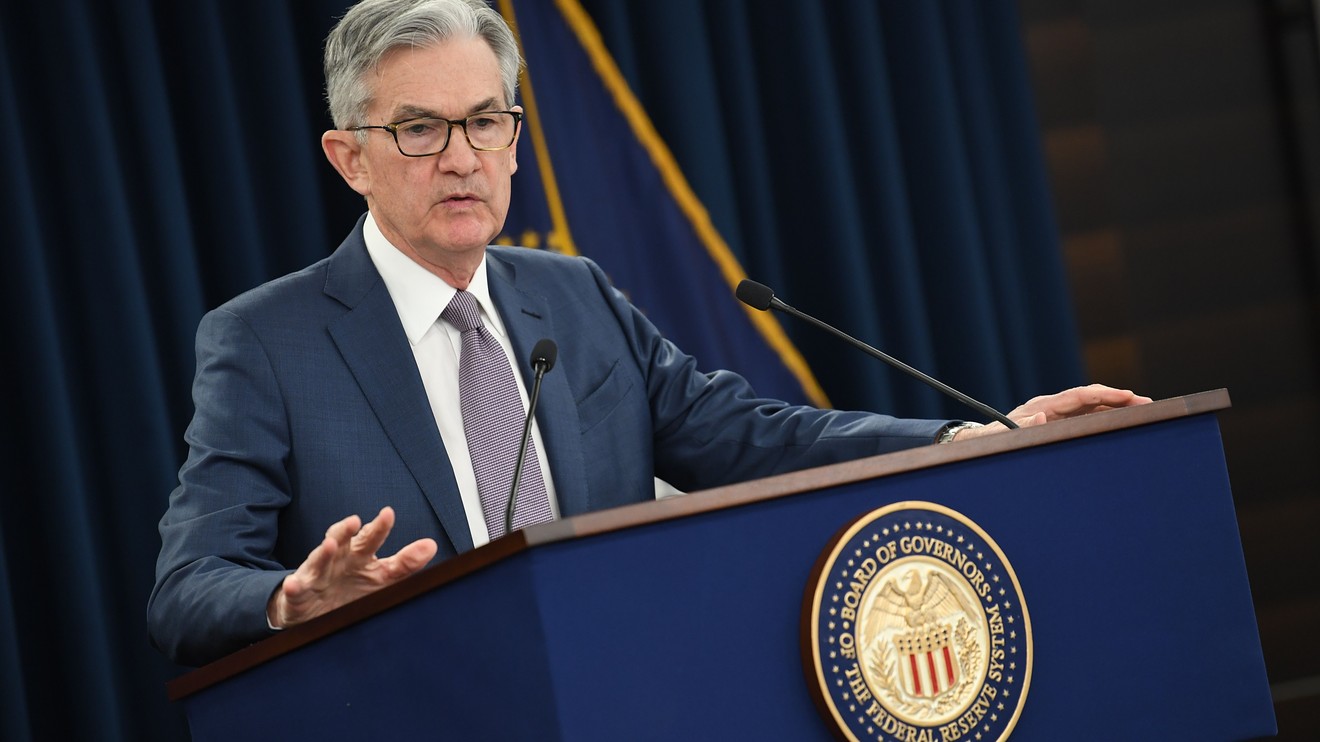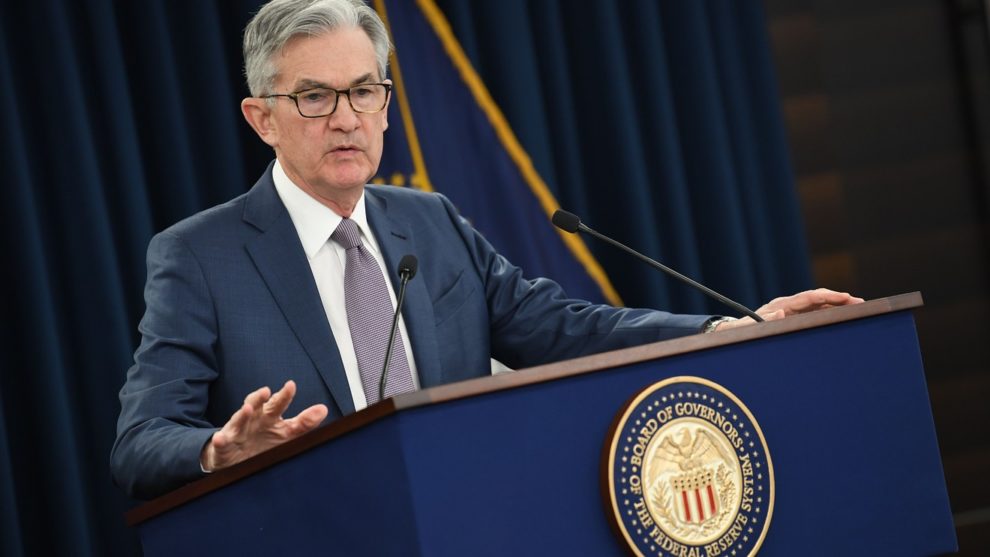
Only hours after deploying one crisis-era funding facility, the Federal Reserve on Tuesday unleashed another, potentially more powerful weapon that gives primary dealers on Wall Street cheap loans to snap up a broad array of bonds and stocks.
It has an aim of freeing up space on dealer’s balance sheets and helping to grease the wheels of trading in a U.S. debt, ranging from commercial paper to municipal bonds to asset-backed securities, as well as a range of equities, during a volatile time in which some market heavyweights think fallout from the COVID-19 pandemic could throw the U.S. into a recession and put credit markets on ice.
“The facility is aimed at unclogging the financial system and giving an outlet for dealers to clear their inventory.”
Guggenheim Investments’ global chief investment officer Scott Minerd this week called for a near $2 trillion bailout fund to shore up retailers, airlines and other industries at risk of failure without an effective containment of the virus.
“When you hear about these broad-based facilities your heart should stop for a second,” said Columbia Law School’s Kathryn Judge, who focuses on the Federal Reserve and financial regulation, in an interview with MarketWatch.
“But we haven’t changed the fact that the financial sector is a key intermediary, and we need that sector to be healthy if we want long-term support to the real economy.”
Officially called the Primary Dealer Credit Facility, or PMDF, the program will supply key dealers of securities on Wall Street for at least the next six months of up to 90 day loans at ultralow cost to jumpstart trading again and boost liquidity across financial markets.
Investors have been warning in recent days that primary dealers have been less willing to serve their traditional role as “middlemen” in markets amid the intense volatility that has streaked through Wall Street since late February when coronavirus cases in the U.S. began to climb.
As recently as Monday, when the Dow Jones Industrial Average DJIA, +5.20% plunged 3,000 points, investors said the “bid-ask” spread, or gulf between where buyers and sellers are willing to transact, on certain corporate bonds was as high as 10 points, indicating a lack of willingness to realize the pain of recent turmoil.
For example, a holder of a bond trading a price of $80 cents on the dollar might only be offered $70 cents on the dollar from a prospective buyer.
A combination of postcrisis regulations and the federal government’s rising debt issuance has also hampered the ability of primary dealers to use their balance sheet to ensure markets keep ticking, said market participants.
“The facility is aimed at unclogging the financial system and giving an outlet for dealers to clear their inventory,” said Gregory Faranello, head of U.S. rates at AmeriVet Securities, in an interview. “There’s a logjam in the marketplace.”
This is one of the Fed’s 13 (3) emergency lending programs revived since the financial crisis that more directly aims to support the real economy, not only banks, other than its commercial paper funding facility, which was deployed earlier in the day.
Exclusive: Fed is ‘throwing money in the wrong place,’ says Sheila Bair, former top banking regulator
“This is encouraging – the pace of deployment of support for funding and credit markets is speeding up, extending the scope of Fed support, and the second announcement looks less conservative / risk-averse than the first,” wrote Krishna Guha, vice chairman of Evercore ISI, in a note Tuesday.
Faranello said the wide range of collateral was key to unclogging the balance sheets of primary dealers, who may be struggling to off-load certain securities like corporate bonds from their inventory, particularly in a jittery market where expectations are running high for more defaults in the energy sector and for “fallen angels,” or corporations that see their coveted investment-grade credit ratings cut to speculative-grade, or junk-territory.
The hope is that after receiving the funds from the Fed’s PDCF program, the dealer could, in turn, buy more securities, although it specifically bars those tied to exchange-traded funds, mutual funds and certain other equities from being pledged.
Thomas Simons, senior money market economist at Jefferies, said one advantage of the primary dealer credit facility is that it could push dealers to buy assets in markets that have seized up, such as lower-rated corporate debt, “rather than set up a host of different facilities to purchase those securities directly and in so doing expose the Fed to an enormous amount of political risk,” he said.
This “extremely cheap funding” could be used by dealers to soak up assets that have also “cheapened significantly in the risk asset rout of the past few weeks,” said Simons.
div > iframe { width: 100% !important; min-width: 300px; max-width: 800px; } ]]>











Add Comment